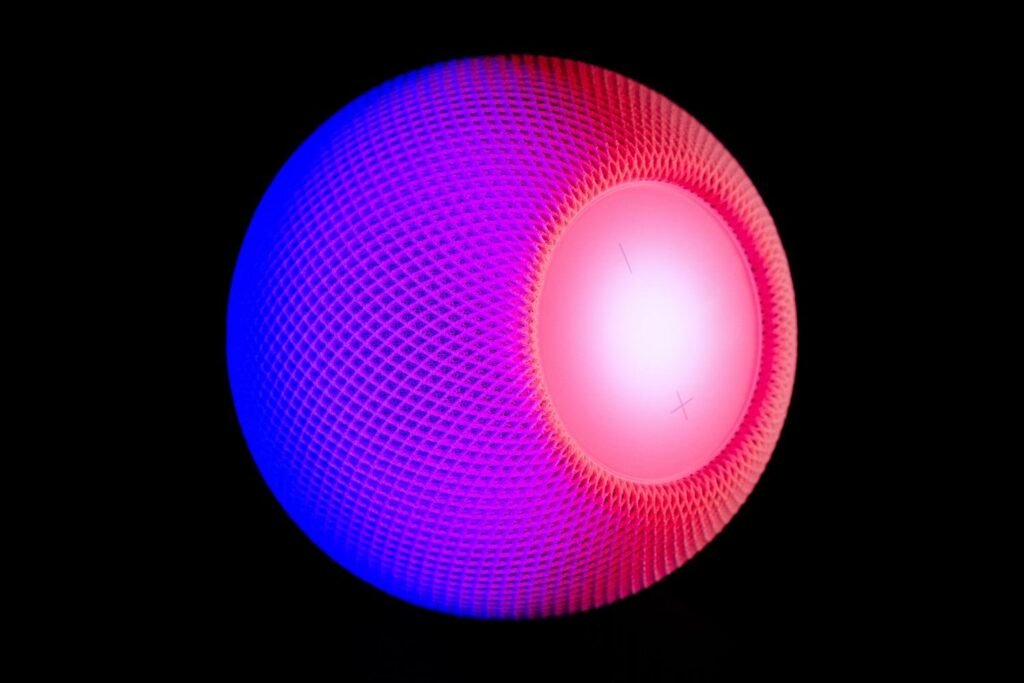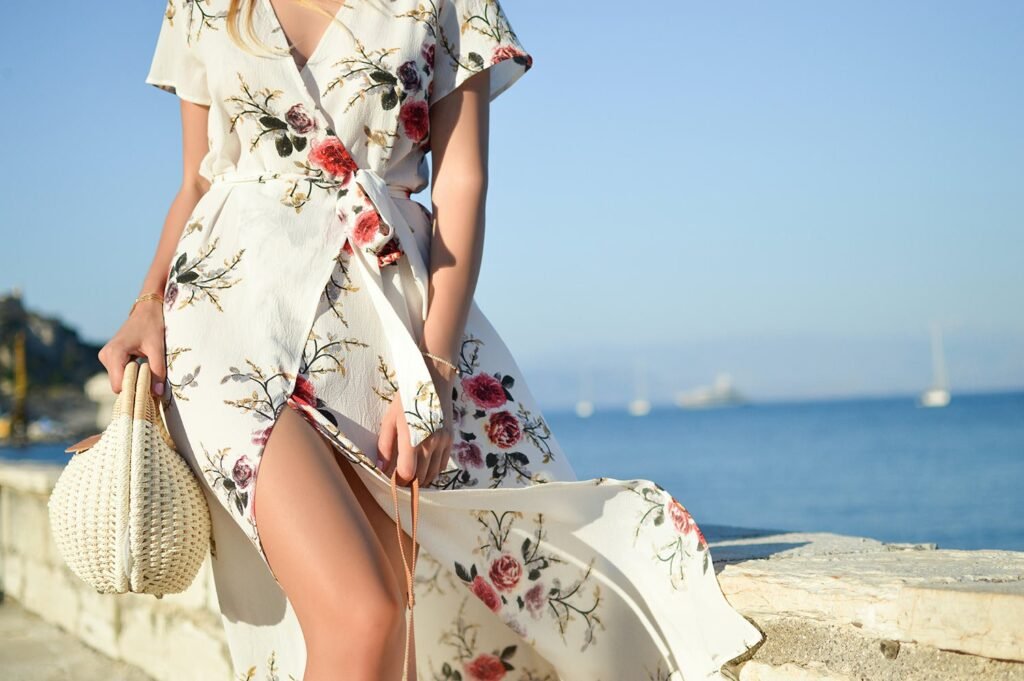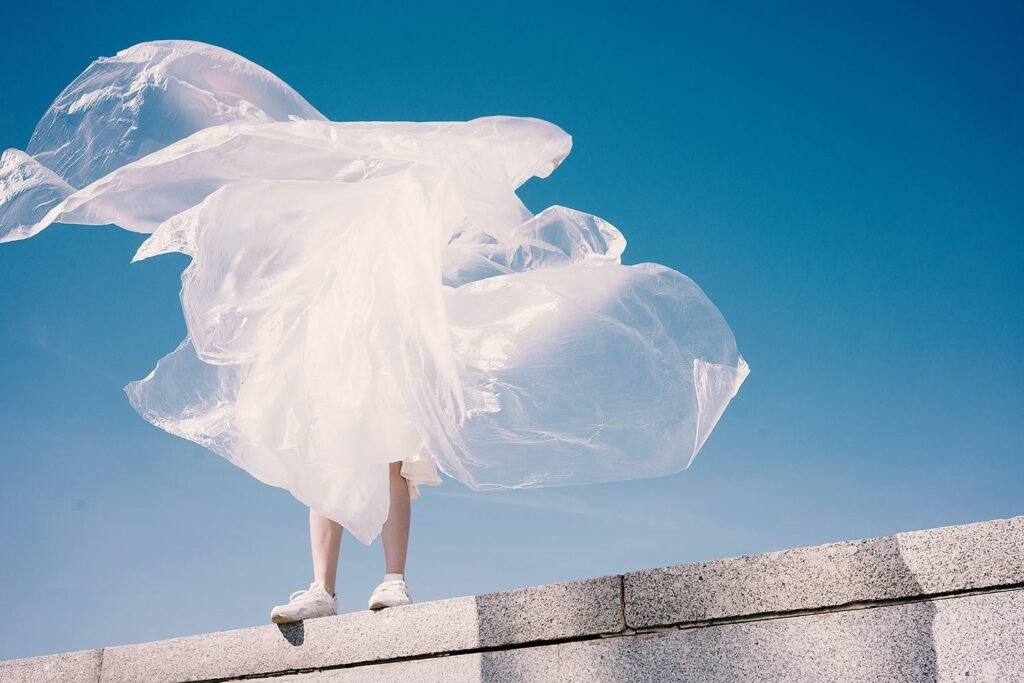“The Birth of Venus” by Sandro Botticelli

Introduction
Sandro Botticelli’s “The Birth of Venus,” painted in the mid-1480s, is one of the most iconic masterpieces of the Italian Renaissance. This tempera on canvas work, housed in the Uffizi Gallery in Florence, depicts the goddess Venus emerging from the sea upon a shell, heralded by the winds and awaited onshore by a maiden. This critique will analyze the artwork’s composition, symbolism, technique, and cultural significance.
Description
“The Birth of Venus” measures approximately 172.5 x 278.5 cm, showcasing Venus in a central position on a giant scallop shell. The goddess stands gracefully nude, her golden hair flowing as she modestly covers herself. To her left, Zephyrus, the god of wind, blows her to shore alongside the breeze Aura, depicted in a swirl of drapery. To her right, a Hora of Spring waits with a floral-patterned robe to clothe her.
The backdrop is a serene seascape with a slightly abstracted, linear depiction of waves, while the shore features flowers, grass, and trees. The color palette—dominated by soft blues, greens, and golds—creates a dreamlike and ethereal atmosphere.
Analysis
Composition and Balance
Botticelli’s composition follows a harmonious triangular arrangement, with Venus as the focal point. Her upright, elongated figure contrasts with the dynamic motion of Zephyrus and Aura on the left and the Hora on the right, balancing stillness and movement.
The symmetry is further enhanced by the scallop shell’s radiating lines, naturally drawing the viewer’s eye to Venus.
Technique and Style
Botticelli’s use of tempera allows for crisp, fine details, particularly in Venus’s hair and the intricate floral patterns.
Unlike the realistic anatomy favored by contemporaries like Michelangelo, Botticelli idealizes Venus’s form, emphasizing grace over naturalism.
The linear perspective is subtle, with a flat, decorative approach that aligns with early Renaissance aesthetics.
Symbolism and Meaning
Venus symbolizes love, beauty, and divine femininity. Her modest pose echoes classical depictions of Venus Pudica, referencing ancient Greco-Roman art.
The scallop shell is a metaphor for her purity and birth from the sea, a nod to the mythological account of her origin.
The floral motifs and Zephyrus’s presence highlight themes of spring and renewal, celebrating nature’s vitality.
Cultural Context
Commissioned by the Medici family, the painting reflects the Renaissance revival of classical antiquity and humanist ideals.
Venus embodies Neoplatonic thought, blending earthly beauty with spiritual transcendence.
The work’s idealized forms and mythological themes catered to the intellectual and aesthetic tastes of Florence’s elite.
Interpretation
“The Birth of Venus” can be interpreted as a celebration of both physical and divine beauty. Venus’s arrival signifies the union of nature and spirit, echoing the Renaissance pursuit of harmony between the earthly and the divine. The delicate interplay of movement and stillness evokes a sense of timeless serenity, inviting viewers to reflect on the eternal nature of beauty and creation.
Judgment
Botticelli’s “The Birth of Venus” stands as a masterpiece that transcends its time, bridging classical mythology with Renaissance humanism. The artwork’s visual poetry and symbolic depth continue to captivate audiences, underscoring its enduring significance. While the linearity and idealization may feel dated to modern eyes accustomed to realism, they contribute to the painting’s unique charm and historical importance.
Conclusion
“The Birth of Venus” is more than just a painting; it is a testament to the Renaissance spirit, combining artistic innovation with intellectual inquiry. Its beauty, both visual and conceptual, ensures its place as one of the greatest achievements in art history. What does “The Birth of Venus” evoke in you? Share your interpretations and insights in the comments below!

























































































